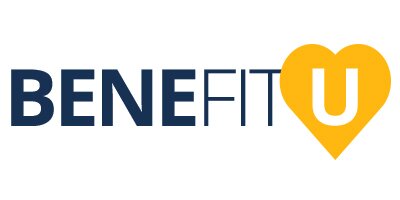This video is for any HR professional that is in need of help in changing the culture and mentality of the senior management team. The companies that make the "Best Companies to Work" list understand this. Their culture is typically driven by a way of doing things in the organization that comes from the top down. Employee benefit programs alone play only one part of what keeps you on the "Best Companies" lists over the long haul. http://www.youtube.com/watch?v=4ZlfReH8znM
"Green" Employee Benefits — Do Your Benefits Match Corporate Mission?
How "Green" Are Your Benefits? You work as a leader at your company and consider yourself a socially conscious member of society ... you might even drive or have thought about purchasing a hybrid or electric vehicle. Your firm has been repositioning itself in the marketplace with statements about the company's carbon footprint, recycling initiatives, electronic annual reports and even the ever popular "think before you print" email signatures. Well before you can slip on your Birkenstocks ... have you ever considered what part you can play to align your benefits strategy with this business strategy. So just how "Green" are your employee benefits?
Here are three ways you can manage your benefits to bolster the corporate statement on social responsibility:
1) Add a Section 132(f) transportation benefit
This could make sense if you require employees to pay for parking, ride bicycles are take the bus to work or have employees that live or work near a transit station. The benefit is called a Qualified Transportation Fringe Benefit. It works much like a Section 125 plan and allows employees to set aside pre-tax amounts to pay for qualified transportation fringe benefits. These include (1) qualified parking (2) transit passes, and (3) transportation in a commuter highway vehicle like DART. The use of these compensation reduction agreements is allowed under IRS Section 132(f) and provides qualified transportation fringe benefits resulting in federal (and possible state) income tax savings for employees and FICA savings for both employees and the employer.
The recent Obama stimulus package increases the maximum monthly pre-tax contribution for mass transit up to $230 per month. This amount nearly doubled from prior periods allowing commuting Americans to save up to $1,000 a year in taxes and an employer up to $100 per employee per year in payroll taxes. Employers that adopt this benefit and make reimbursements must establish a bona fide reimbursement arrangement implementing reasonable procedures to establish that their employees have, in fact, incurred expenses for transportation in a commuter highway vehicle, transit passes, or qualified parking. Since most HR departments have limited staff, we advise outsourcing the communications, enrollment, and administration to a reputable service provider.
2) Eliminate outdated paper-based enrollment
Web-based software as a service has now proliferated to the point where the unit costs for conducting online enrollments are now affordable for most employers. The costs are usually based on a set up fee and a per employee per month fee based on a unique log-in or eligible benefit employee. Unit costs will decrease as your eligible enrollment increases. A corporate intranet or web-based kiosk can always be made available for those without internet access at home or office. Some clients prefer to do web based open enrollment and manual ongoing status changes or conduct new hire and status changes online throughout the year.
We're not foolish enough to discount paper completely, as it serves its purpose for directing individuals and calling attention to major changes. A wise paper manufacturer rep once told me ... "we WILL go paperless in our society when we stop using toilet paper". I told you he was wise.
3) Inform service providers of your corporate social responsibility initiatives
This last recommendation is all about investigating whether your service providers are able to adhere to your global brand positioning on taking environmental responsibility. You will find most of your service providers would rather opt to send an Explanation of Benefits (EOB) via the web or through the portal than in the mail. Additionally, savings in mail are available if you can furnish your service providers email address and use this as the default, where applicable. Ask your benefits broker or consultant to investigate how much in fee concessions can be leveraged as your service providers communicate everything from EOB's to 401(k) statements electronically.
You'll be not only improving your carbon footprint but might be saving your company some money along the way.
